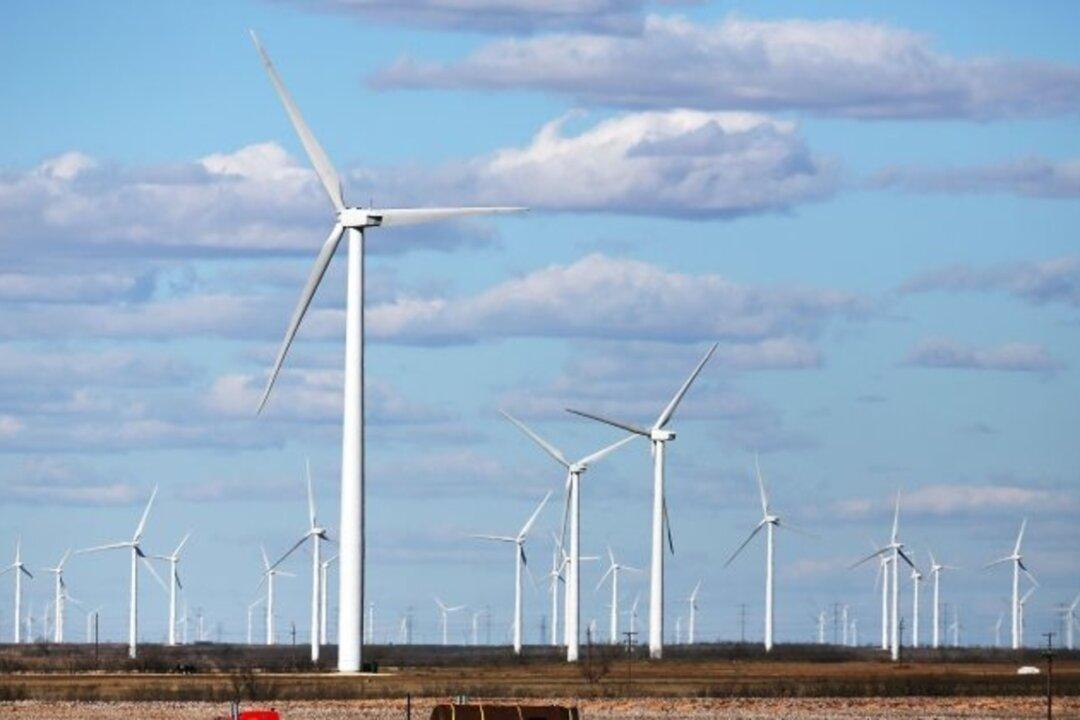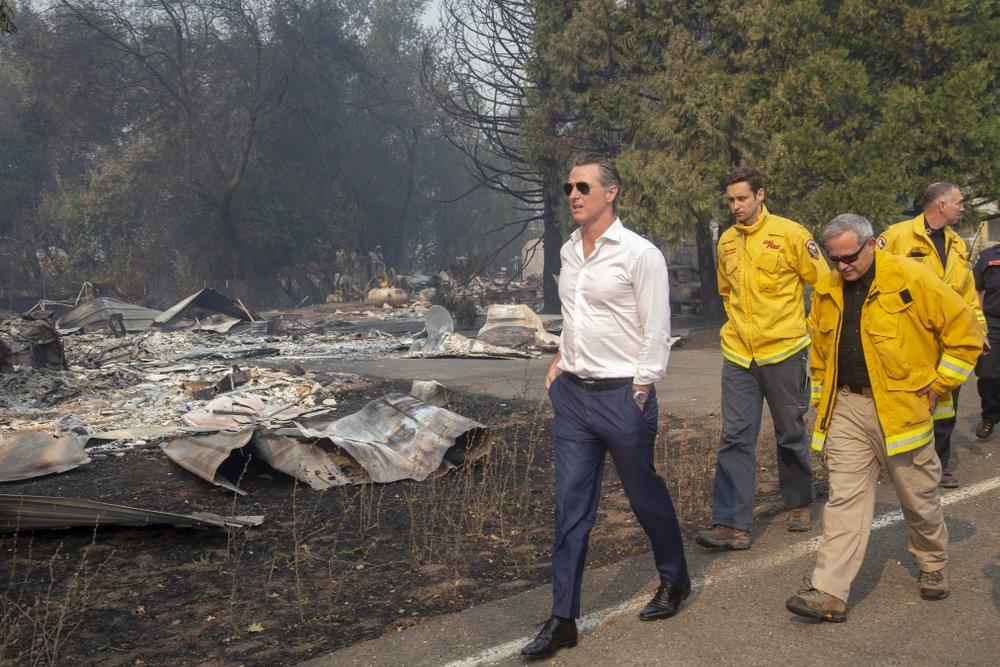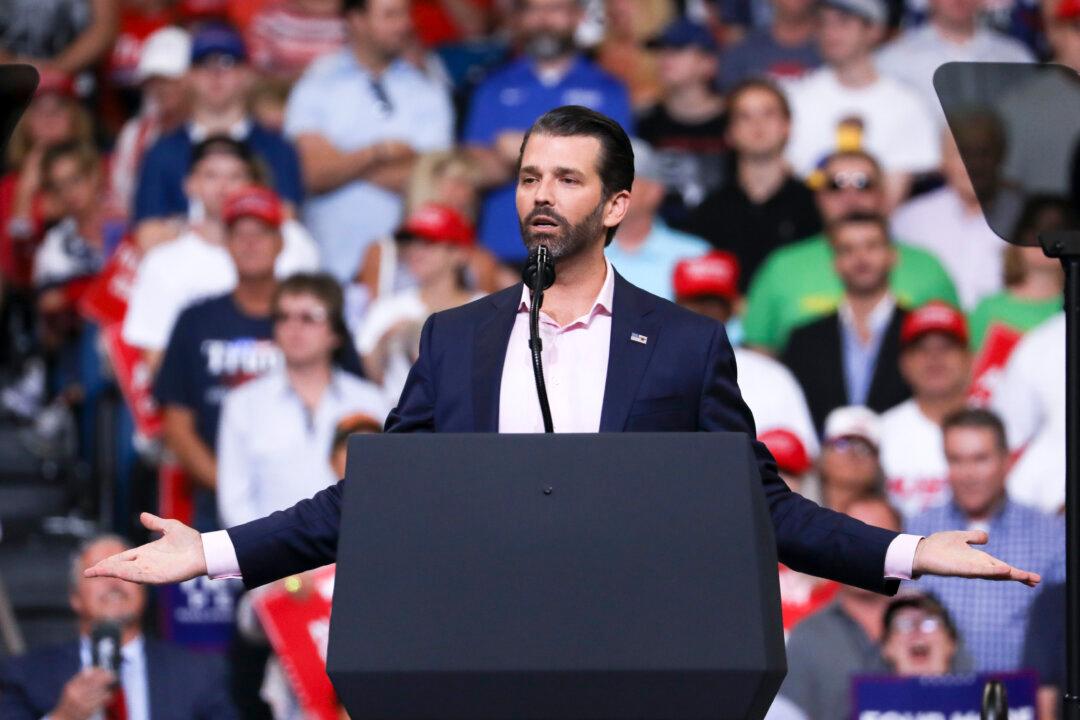The Democratic Party has released its first major bill (pdf) with the goal of achieving a “100 percent clean energy economy by 2050,” calling for a radical transition from traditional sources of energy to renewables such as wind and solar power.
Referred to as the “100 Percent Clean Economy Act of 2019” or the “100 x 50 Act,” the bill focuses on “net-zero climate pollution across the United States’ economy. This means replacing carbon-polluting energy with wind, solar, and other clean sources of energy across all sectors of our economy—from transportation to manufacturing to electricity—and making no more climate pollution than we remove from the atmosphere.”





